Audrey King
September 2015
Audrey King (née Rayner) was interviewed by Sheila Glasswell in September 2015. At that time, Audrey was one of the longest standing residents of Trumpington. Audrey talked informally about her life in Trumpington, in the years before and after her marriage to Eric Arthur King in 1949. Audrey kindly allowed Howard Slatter to copy a number of her family photographs in March 2017, some of which are incorporated in this page. Audrey King died on 21 February 2023, aged 99.
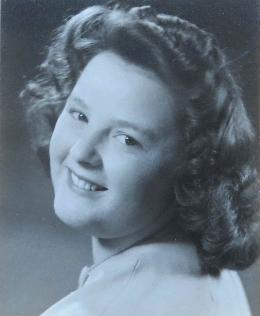
I was born in Trumpington in 1923, in Church Lane, in the cottage next to the school. It hasn’t changed there much. It looks the same although the road is made up. We played tops, hoops etc., out there in the road. The corner is now smarter; the paths have kerbs and there is lighting. (The lamp lighter, Mr Chamberlain, used to go round on his bike and light the lamps.) Mr George Foster was at Anstey Hall.
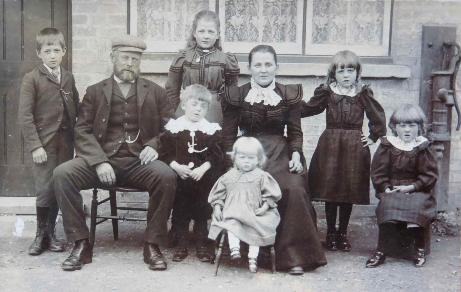
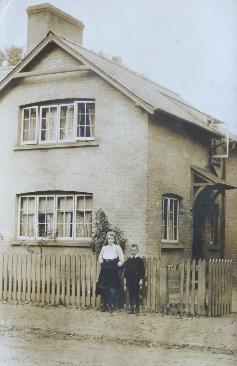
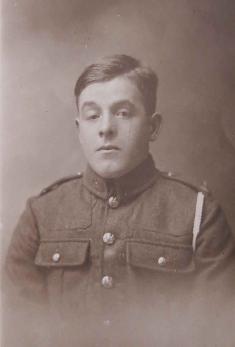
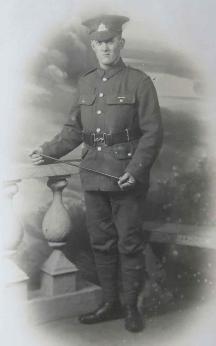
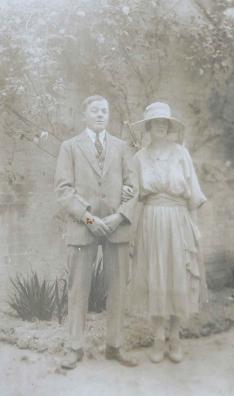
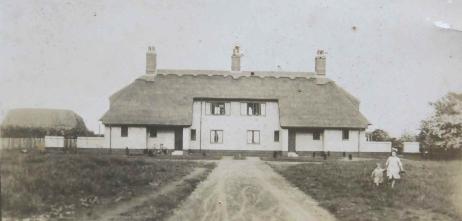
You could cross from the school to Anstey Hall grounds to see the Meet. In the forecourt of Anstey Hall we went to watch the horses and dogs. We watched from the front room window, the peacocks going to bed in the big chestnut tree (I was about 4 then).
I went to school and cried to go home, when I was in Miss Marshall’s class, aged 4. There was an old pump in the back of the cottage.
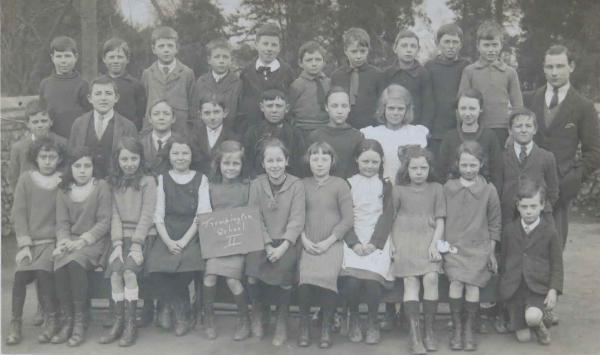
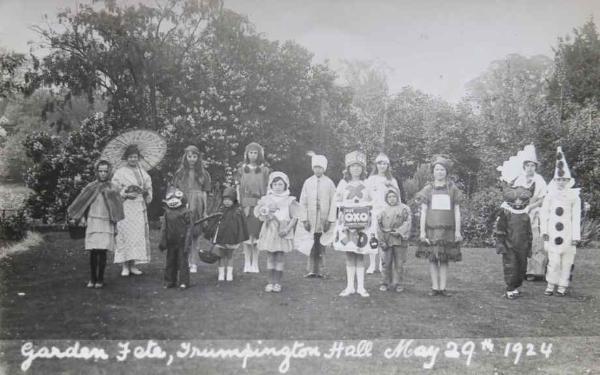
There was Sunday school here am and pm. Mr Pouncey played the organ. Not an electric organ. I got 6d to pump the organ for an hour. Arthur Wilson, of Church Lane, also “blew” the organ. I remember when I was very young, that we got milk from the Farm House just past the church. Mr and Mrs Pryke’s cottage “Woodend” was just next to Byron’s Pool. I went to the farm to collect the milk in a can. Then the Parsons came to live there with 3 children. Bob and Mary Smith then lived at “Woodend”. Bob became a vicar, at Toft. Mary was a very good artist. She painted some of the pictures in my house. Older people may remember her well.
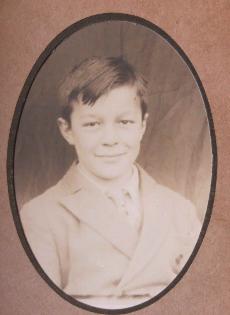
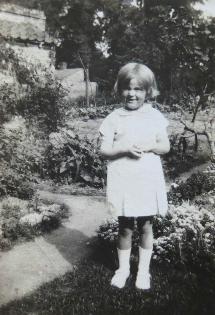
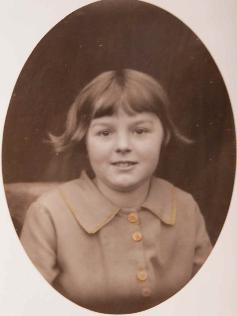
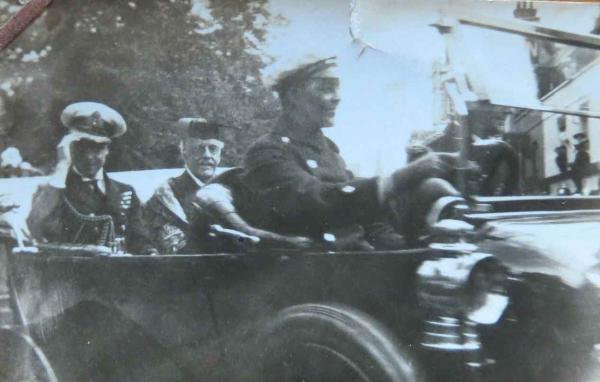
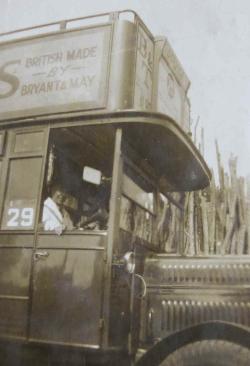
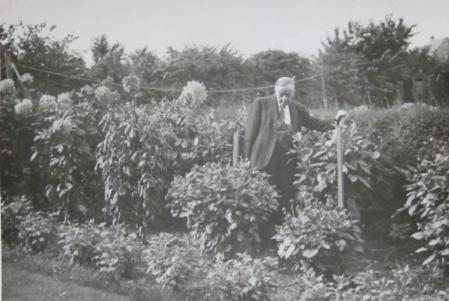
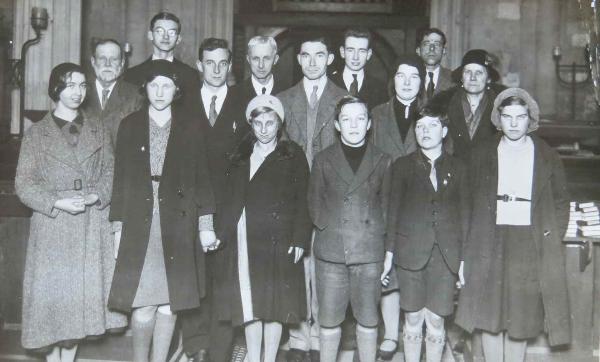
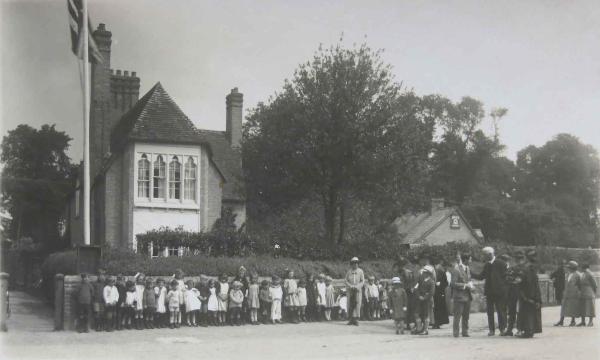
There were a lot of “men of the road” around in my childhood. Mother used to make them a sandwich. There was a workhouse in Cambridge and one in Royston. We were on the road between them. We called them “old tramps,” but they never begged. Even when Eric was a child, he remembered his mother gave the tramps a sandwich and a can of drink. They also used to congregate around the war memorial. There was scrap land where the Brambles is now. The tramps lived there at night.
I first saw coloured people when I was at school. Betty and Eileen Quartie lived on Shelford Road. They were my age.
When I left school I worked in the GPO and then in 1939 the Civil Service, Post Office Telephones in the centre of Cambridge. I had to train for it, doing many different jobs. I got 7/6 a week as a probationer, when I started. When the War started, they let people work from 16.
When I married Eric King in 1949, we lived in Twickenham for two years, as my husband worked at St. Thomas’ Hospital. Then we moved to Mill Road, Cambridge, where my daughter was born, 64 years ago. We lived opposite the maternity hospital. When I had Alison, I stayed in the hospital as was normal for a week. We came to Trumpington when Alison was two years old.

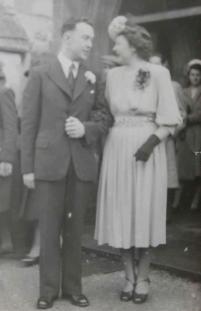
This house, ‘Greenside’, Trumpington High Street, has had a ‘King’ living in it since it was built in 1922! Eric was two then and he lived here with his family. In 1954, we came here and lived with Eric’s father, Arthur Harry King, until he died, and we stayed on. Our landlord was Sir Patrick Browne, son of Professor and Mrs Browne, who had this house built for their chauffeur and head gardener. They lived in one of the large houses, ‘Firwood’, on Trumpington Road, between Newton Road and Bentley Road. These houses are taken by St. Faith’s School. Sir Patrick was a high court judge. There were no houses in front of us until the 1980s.
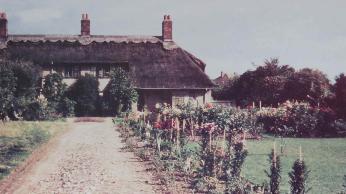
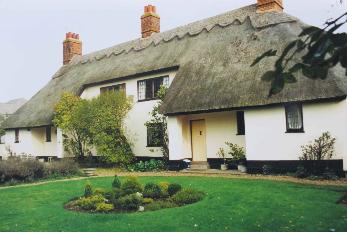
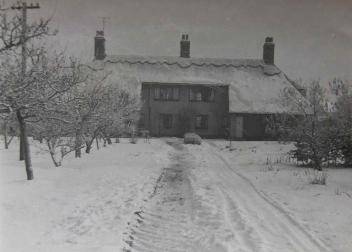
Living in Trumpington
The local doctors, Dr Robson and Dr Drake, both lived in Shelford (Dr Robson was our doctor, whose surgery was the little cottage next to the Tally Ho!). We would wait in the kitchen at the back of the cottage. When I was 5, I had my adenoids and tonsils out in the Victoria Ward at Old Addenbrooke’s. In 1948 the NHS started, Dr Drake retired and Dr Pembury took over from him. Later there were also doctors at St. Mary’s House. One was Dr Tom Stockley, who died at a young age.
Mr Harry Newell had cars for hire. Mr Day was the baker, in one of the cottages next to the Blacksmiths. He had facilities at the back. He built the house which became the Co-op, later the Model Shop and now the Estate Agents. He went round in a horse and cart delivering buns and bread that he’d made. He also sold Royal Seal tobacco at 11½d an ounce, which my father bought and gave us the ½d change. We would buy aniseed balls for 1d. There was no butcher, so we bought bacon from Mr Day and other meat from Sainsbury’s in Cambridge (where Austin Reeds now is). Mr Saunders had the Post Office in the second cottage, which moved to Lime Cottage. A disabled child could be seen from the front door of the third cottage. Mr Facer was the rat catcher. They lived on Hauxton Road, in the shepherd’s cottage on the right side, near the Prisoner of War camp, beyond the railway bridge, at the bottom of the mound. Mrs Harvey sold sweets and haberdashery odds and ends, in what is now the Granite Transformations shop. She had a son Stan Harvey, who was a friend of my father. Laurie’s the Greengrocer moved into the original baker’s shop. Manor Farm was next to Trumpington Village Hall. Opposite the Unicorn pub (now the Lord Byron pub) was Mr Burbridge’s Fish and Chip Shop. What is now a car park for the pub, used to be the Village Bowling Green, where my father played. We used to have 4 or 5 sweet shops here. Mrs Richardson had a sweet shop on Bishop’s Road where the present dentist is. A great event was when my great aunt Sally called. She was a companion and housekeeper and she would leave us with a 2d Crunchie bar! Milky Way was 1d, also a great treat. At weekends an ice cream man Eldorado, was at the entrance of Byron’s Pool. On a tricycle, he sold ice-cream in cones or a tub. There were allotments at the top of Church Lane. Then some flats were built. Mr Moore was the chemist, with the shop below the flats. Mr Newell had a shop selling petrol, oil, etc. He also repaired bicycles. There was the picture gallery in the thatched house next door. The Gentles once lived there – a deaf family. Mr Kitson was the sweep, who traded from the High Street just opposite the War Memorial, next to the Red Lion. His brother lived at the Lodge in the park. When the Post Office moved, it went across the road to Lime Cottage, opposite the Lodge Gates. This cottage has now gone. Mr Noble ran a sweet shop but from a wooden hut. He also sold cigarettes and newspapers. There was a recreation ground where the present shops are now. “Tubby” Edwards lived at Cedar Villa, where the Villa Garage was built. His house had tall iron railings which came down during the war. He kept lovely Dalmatian dogs. I think he owned one side of Alpha Terrace. Every Monday Tubby collected rents from the houses beyond Alpha Terrace Chapel. Stan Harvey, Tubby Edwards, Bob my cousin and my father and others, about 6 of them had card parties several times a year. Mum would leave sandwiches for them. My father never drank or went inside a pub. At the back of the Trumpington Village Hall was the Men’s Institute. Father was secretary of the Institute for a long time. I remember Fawcett School being built and all the houses around it.
When I was young we had Sunday best clothes for Sundays, not during the week. We had new clothes for Easter. We never went to church without a hat! We had velour and panama hats for secondary schools, and we changed from winter clothes to summer clothes on May Day! We also had to wear gloves. It was quite an event to have new shoes, bought for you at Eaden Lilley’s, often as a Christmas present! We cycled to school and always came home for lunch. We wore big navy knickers for gym and games. Mother paid into a clothing club run by Mr Robinson at the school. The savings were withdrawn in the summer holiday to buy my school uniform or household goods and spent in Eaden Lilley’s and Heyworth’s (this was near the present day Lakeland). Heyworth’s was a big store which sold clothes, second-hand some of them, and there was often bargaining to be done! Both of these shops are now gone. I saw my first trouser suit in 1947. It was very unusual. I first wore trousers in the early 1960s, in a drama, but women first started to wear trousers in the early 1970s. They would have a zip at the side. We wore silk stockings, then nylons, and in the mid 1960s, tights.
Wash days were always Mondays. We had a copper to boil clothes and sheets. We used a mangle to remove a lot of water. We first had a gas copper in the house in 1953, so we had electricity put in as we had electric appliances from our days in London. Previously there were gas points all over the house. (Mother used to have a coal copper in the yard. There was no electricity for a washing machine or bath heating.) Our first water heating here was an Ascot. You needed a certain amount of water pressure to light it. In 1964, Eric put in hot water, to replace it.
We had a gas cooker, kitchen cabinet, sink, cupboard and walk-in pantry in the house. There was a marble top and shelf in the pantry, also a safe with wire front, to stop flies. It didn’t keep things cold enough though. A joint might last a few days, if kept on the marble. It was built in the coldest part of the house.
The first picture I saw was a western but I was more interested in the advertisements. I was about 7. It was in black and white.
I played with my cousins Arthur, Bert, Bob and Joan Medhurst in Alpha Terrace. We had wonderful toys which were handed down; a lovely dolls’ house, bikes, Wilfred a rabbit, a very nice train set my brother was given (my brother swapped it for something and my dad was furious!), a rocking horse and fairy cycle. People were very generous, especially at Christmas. Maurice’s Toy Shop was right opposite the Post Office.
There were Saturday night hops during the war at the Trumpington Village Hall. We had parties, played games of Ludo, Snakes and Ladders, and my cousin played the piano. We didn’t have one. Mr and Mrs Peters next door had one and I tried playing it. I could play “The Isle of Capri”, and “When I grow too old to dream” over and over again. There was sheet music in the News of the World. I saw Gracie Fields films; we loved her! We also loved the Eric Coates “Knightsbridge March”. I envied my cousin Joan Medhurst who had piano lessons. She played “Heykens Serenade” really well. Miss Pamplin in Alpha Terrace taught piano. I remember our first radio, a Marconi. It stood in the kitchen/eating room in Church Lane. We didn’t get a television until our daughter said we were the only family in her class without one! We got a music centre first. We liked listening to Gilbert and Sullivan on record.